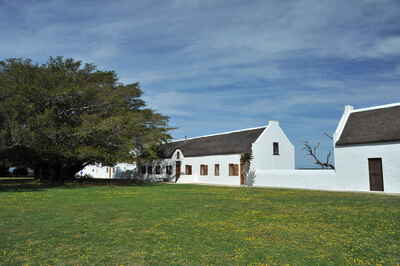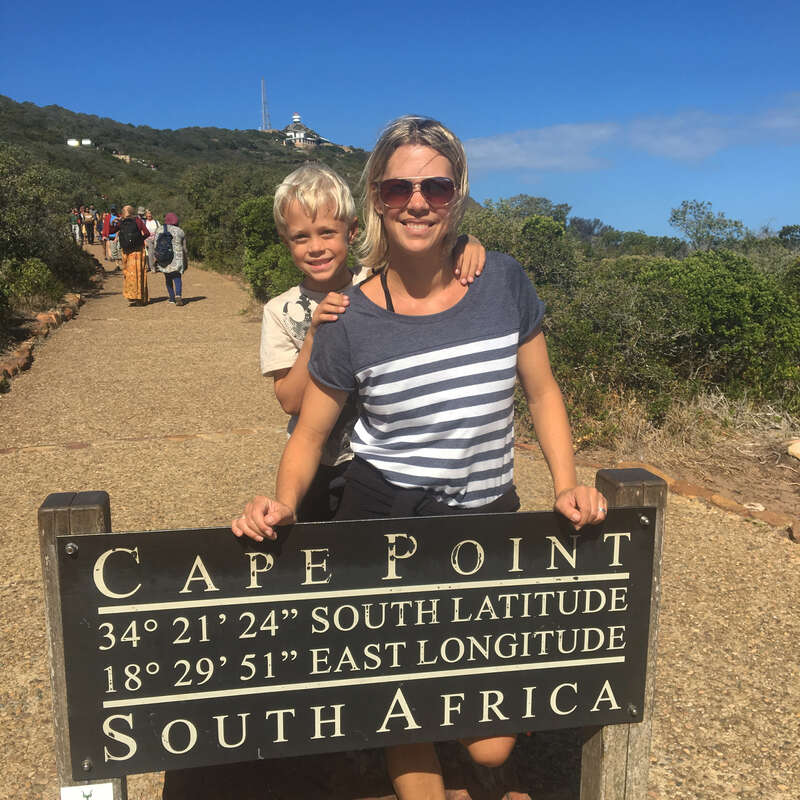About De Hoop Opstal
The De Hoop Opstal, which is often also simply called 'The Opstal', is the central hub of the De Hoop Nature ...
... Reserve, not far from the southern tip of South Africa, about four hours' drive from Cape Town. It’s all about the big outdoors here with a unique variety of eco-systems to explore from sand dunes and inter-tidal rock pools to the vlei, indigenous fynbos plants and antelope. The Opstal has a range of rooms and cottages to suit most people.
The Opstal has a wide variety of accommodation, which is all good value – from self-catering cottages, which appeal to families, to the historic, elegant rooms in the Opstal Manor and other smart suites. It's a great base from which to explore the real attraction: the fantastic De Hoop Reserve; it’s perfect for those who like to head off the beaten track and explore nature. Come for stunning scenery, outstanding birdlife and a spectacular coastline – to drive a little and explore a lot; it's a real gem of a park.
Our view
The Opstal has a wide variety of accommodation, which is all good value – from self-catering cottages, which appeal to families, to the historic, elegant rooms in the Opstal Manor and other smart suites. It's a great base from which to explore the real attraction: the fantastic De Hoop Reserve; it’s perfect for those who like to head off the beaten track and explore nature. Come for stunning scenery, outstanding birdlife and a spectacular coastline – to drive a little and explore a lot; it's a real gem of a park.
Accommodation
43 rooms
Children
Excellent for children
Open
All year
Activities

Birdwatching

Boat trip

Guided walking safari

Mountain biking

Private activities

Self-guided walking
Traveller reviews of De Hoop Opstal
25 real, un-edited reviews from Expert Africa's travellers.
Arrived 8 Nov 2024, 3 nights
"De Hoop Opstal review"
Overall rating: Good
Arrived 30 Dec 2023, 3 nights
"De Hoop Opstal review"
Overall rating: Excellent
Arrived 12 Apr 2023, 3 nights
"De Hoop Opstal review"
Overall rating: Good
Arrived 13 Feb 2022, 5 nights
"De Hoop Opstal review"
Overall rating: Excellent
Arrived 7 Jul 2019, 2 nights
"De Hoop Opstal review"
Overall rating: Good
Arrived 12 Apr 2019, 2 nights
"De Hoop Opstal review"
Overall rating: Excellent
Arrived 15 Apr 2018, 2 nights
"Amazing views and wildlife"
Overall rating: Excellent
Arrived 15 Apr 2018, 2 nights
"Amazing stay at de Hoop"
Overall rating: Excellent
Arrived 4 Mar 2018, 3 nights
"De Hoop Opstal review"
Overall rating: Excellent
Arrived 1 Mar 2017, 2 nights
"Do Hoop Opstal"
Overall rating: Excellent
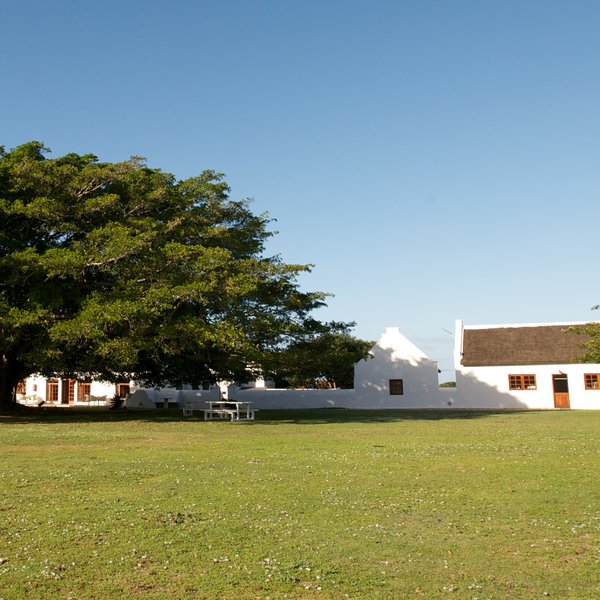
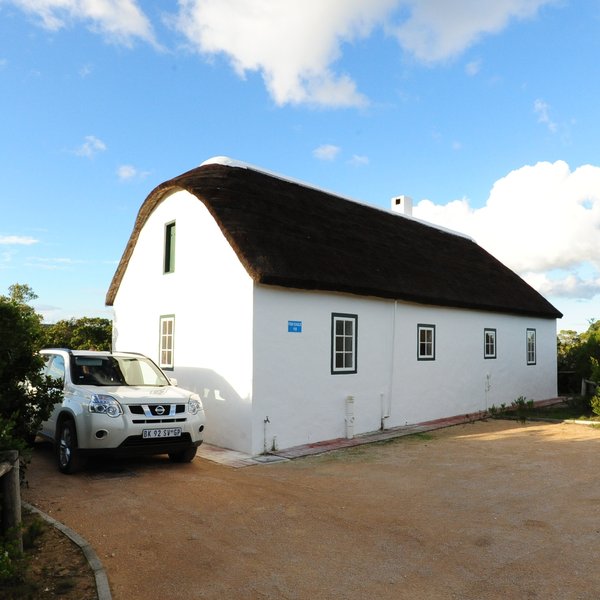
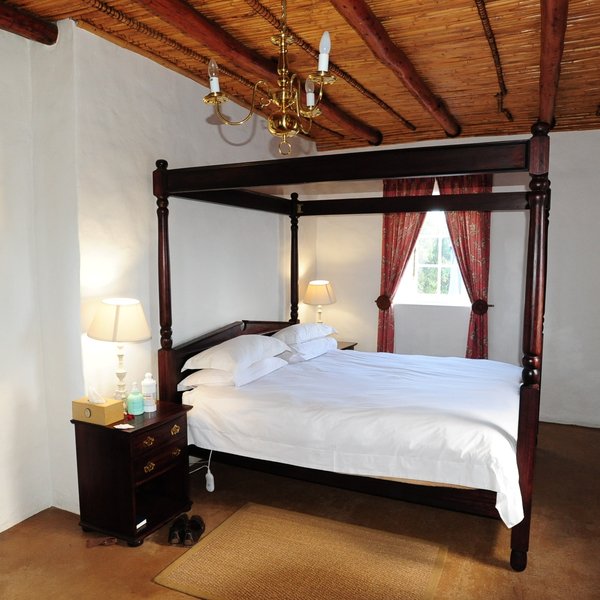
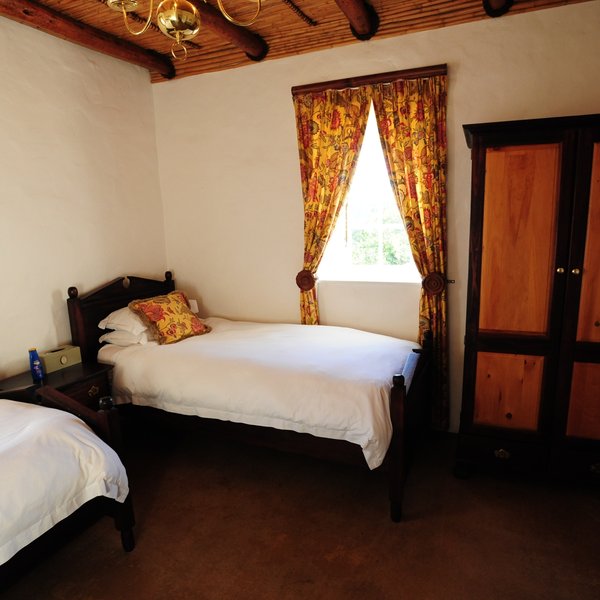
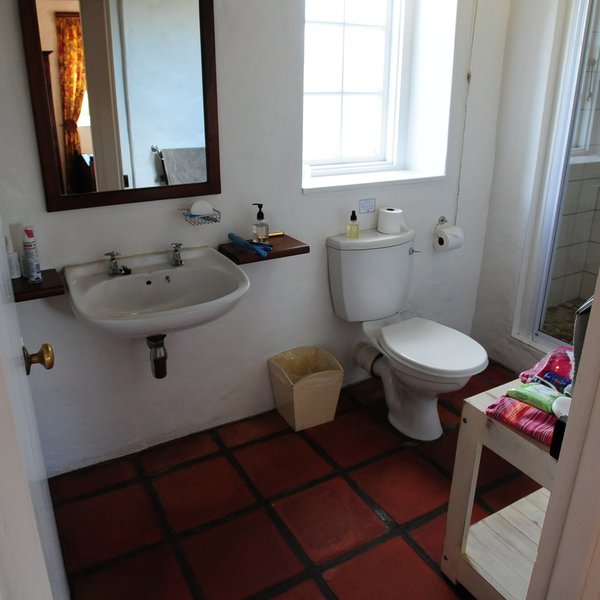
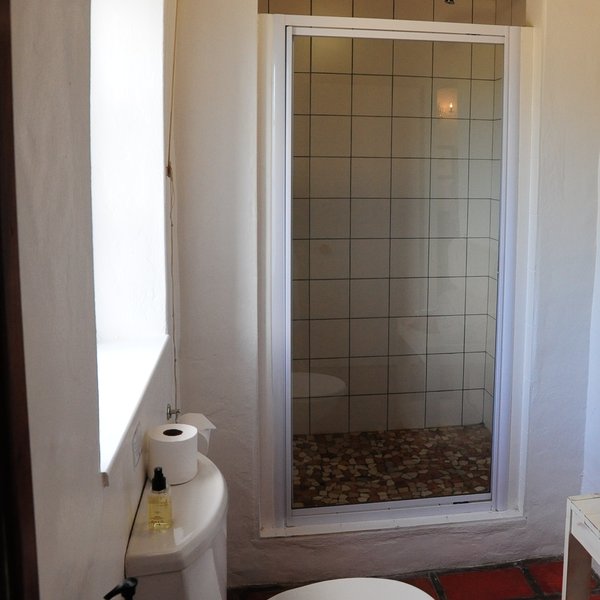
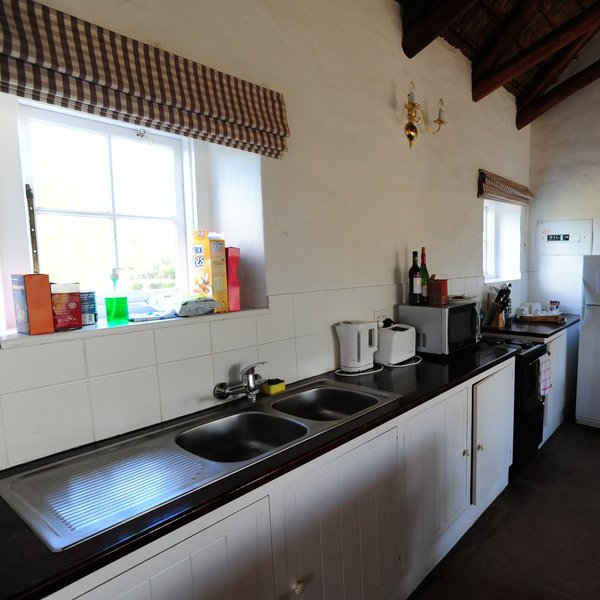
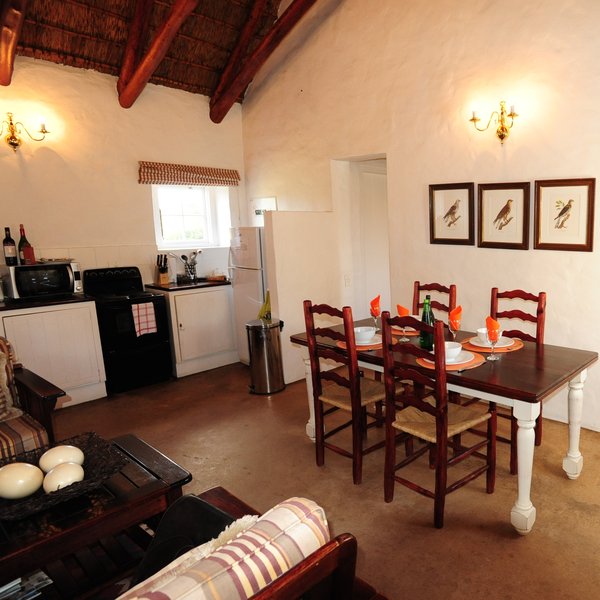
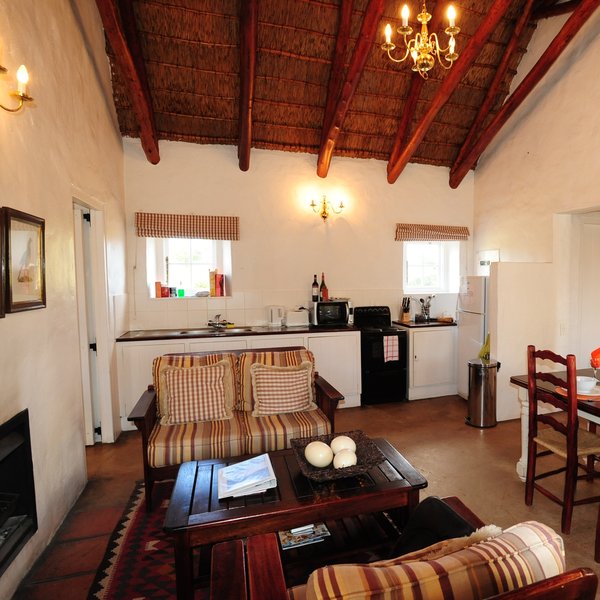
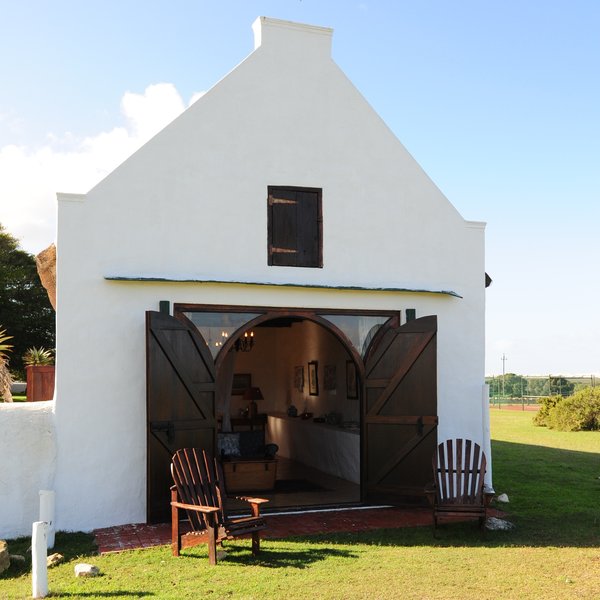
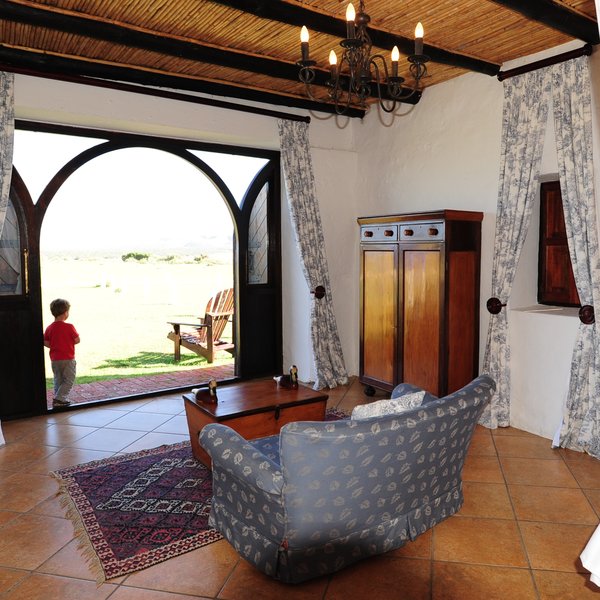
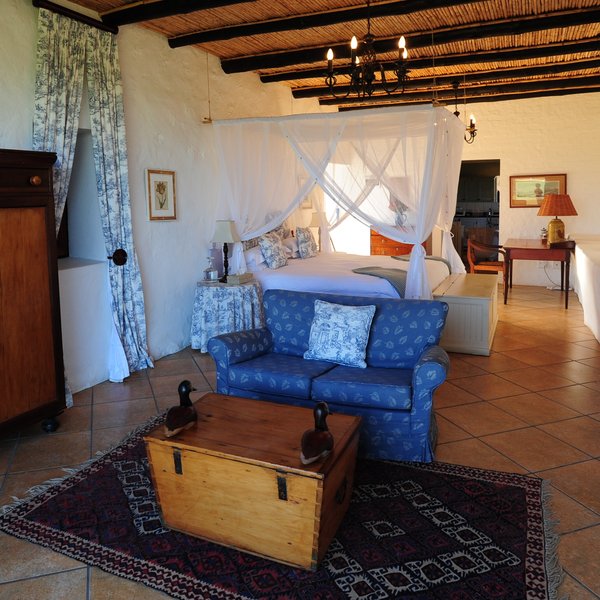
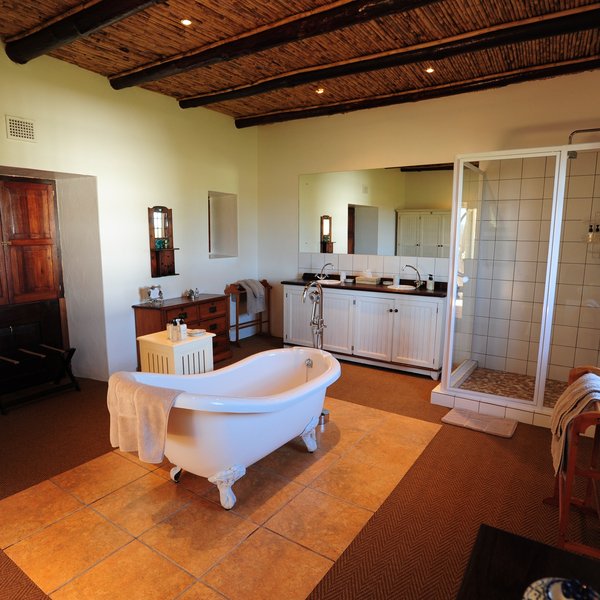
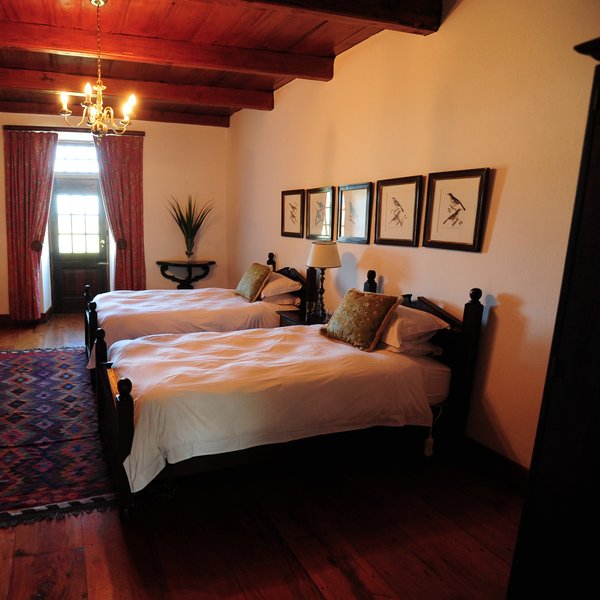
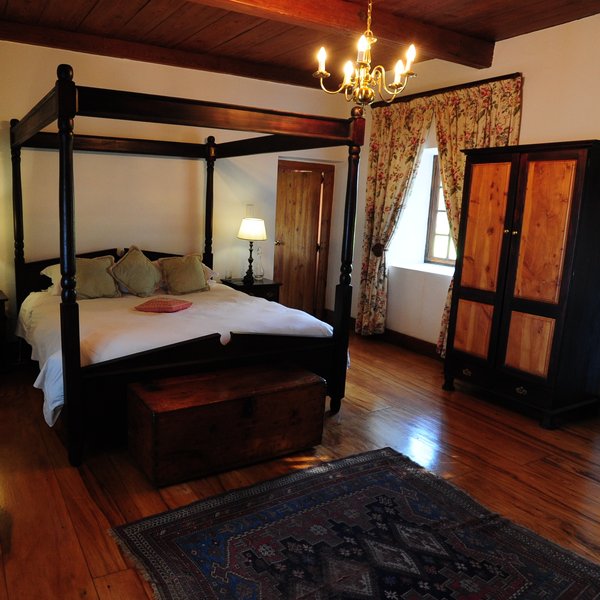
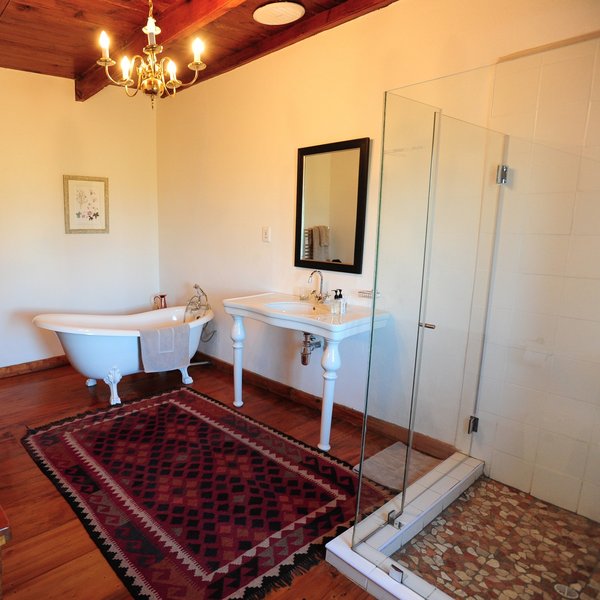
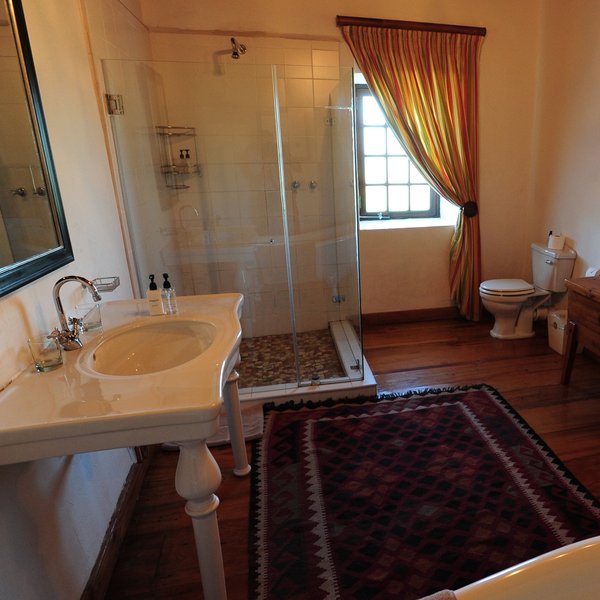
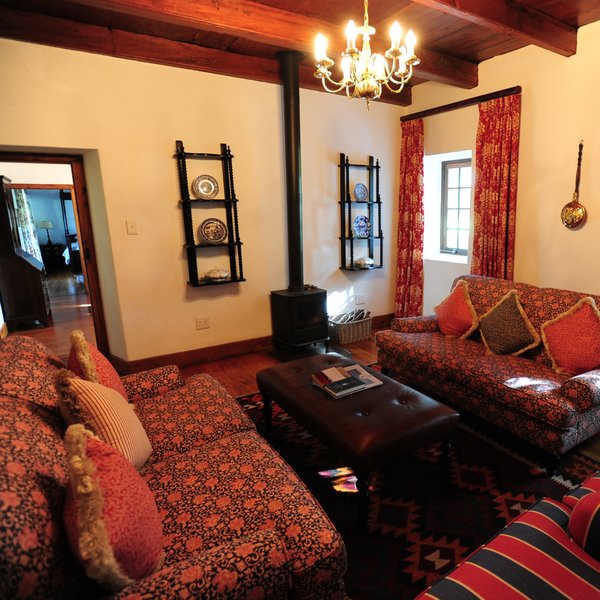
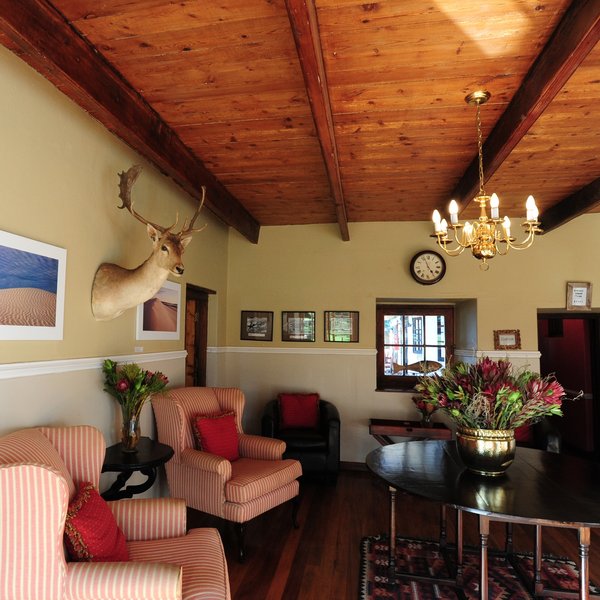
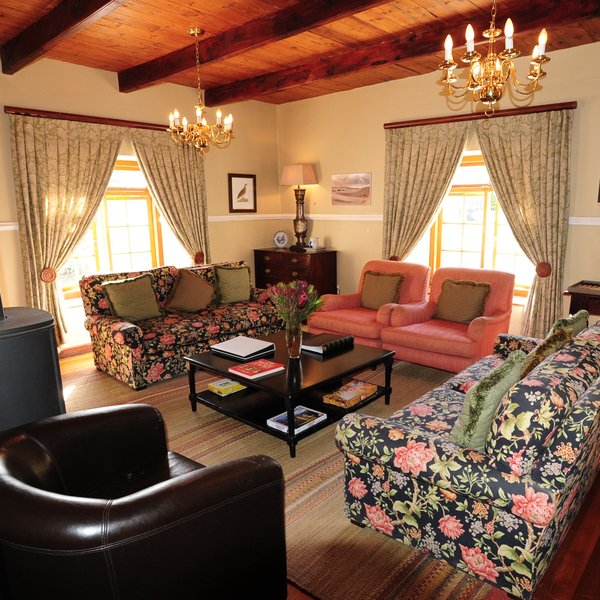
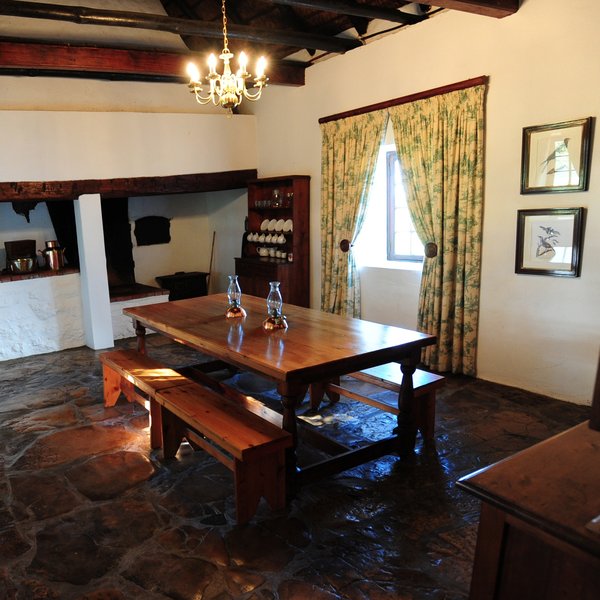
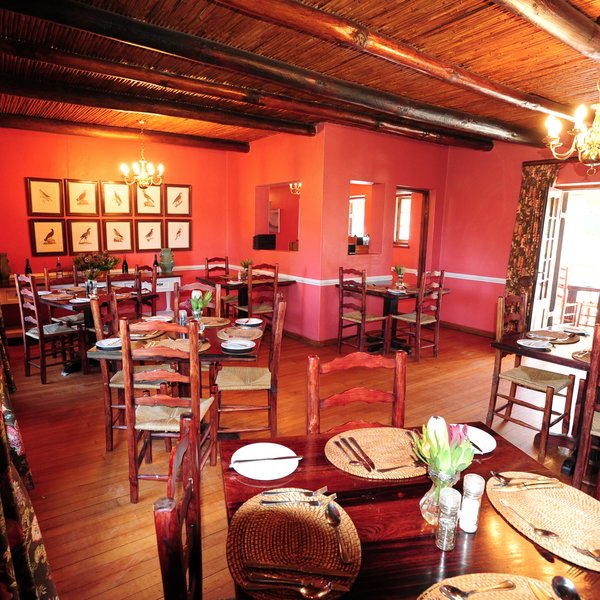
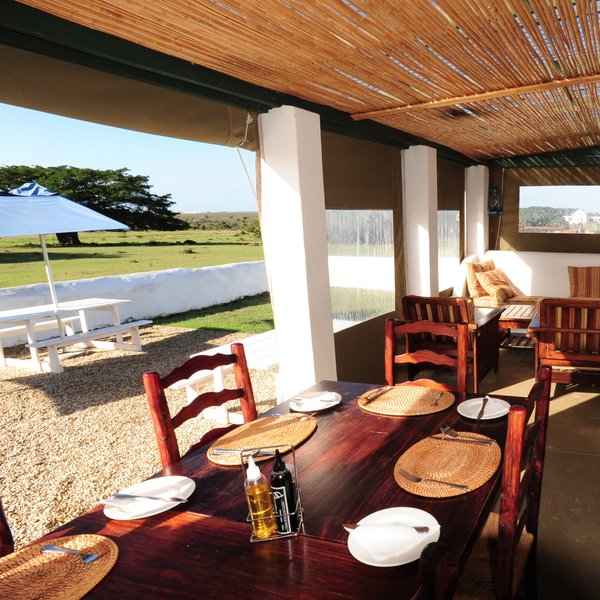
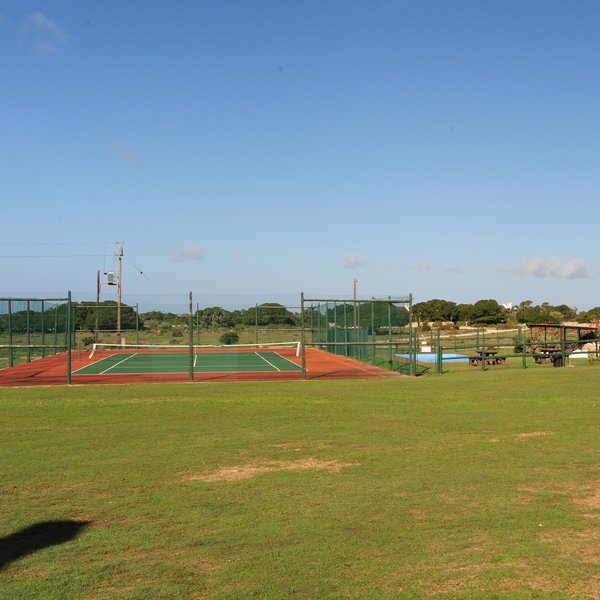
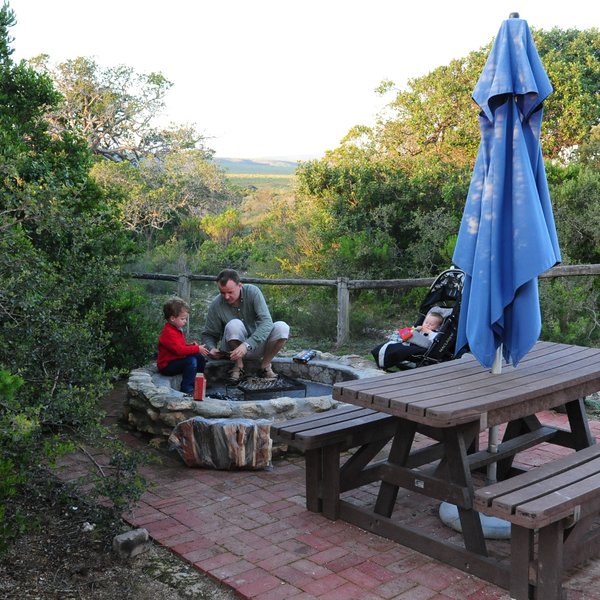
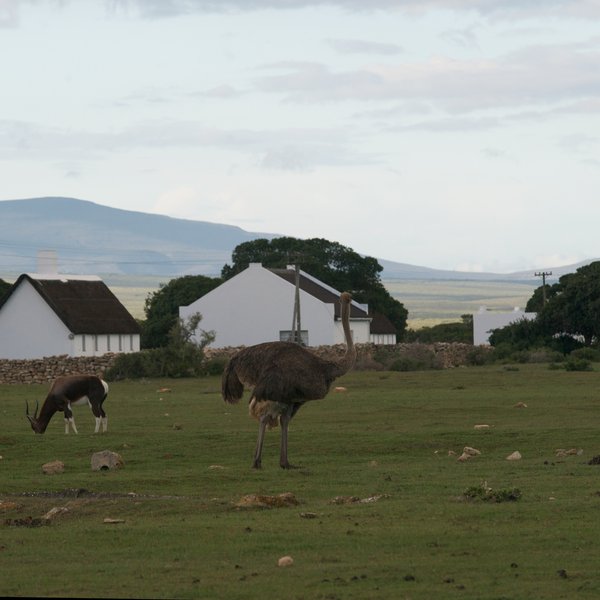
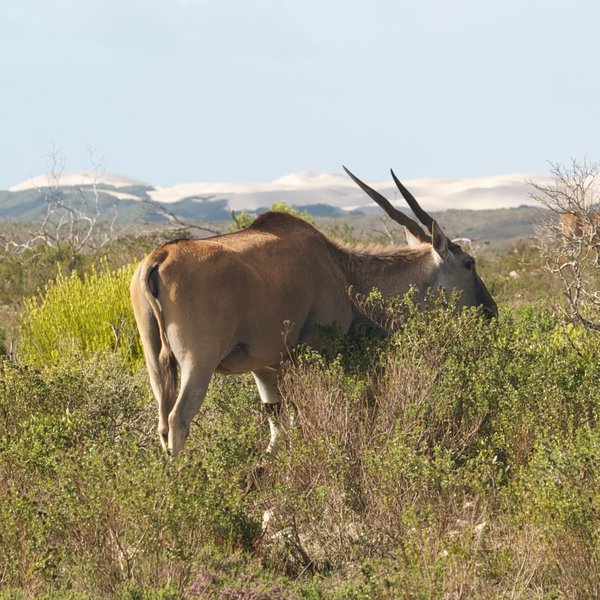
Expert Africa's gallery
When we travel we take lots of photos ourselves to give you a real and un-edited view of the trips. See our 135 pictures of The Opstal to get the candid view.
View galleryTrips visiting The Opstal
Just ideas, we'll always tailor-make a trip for you
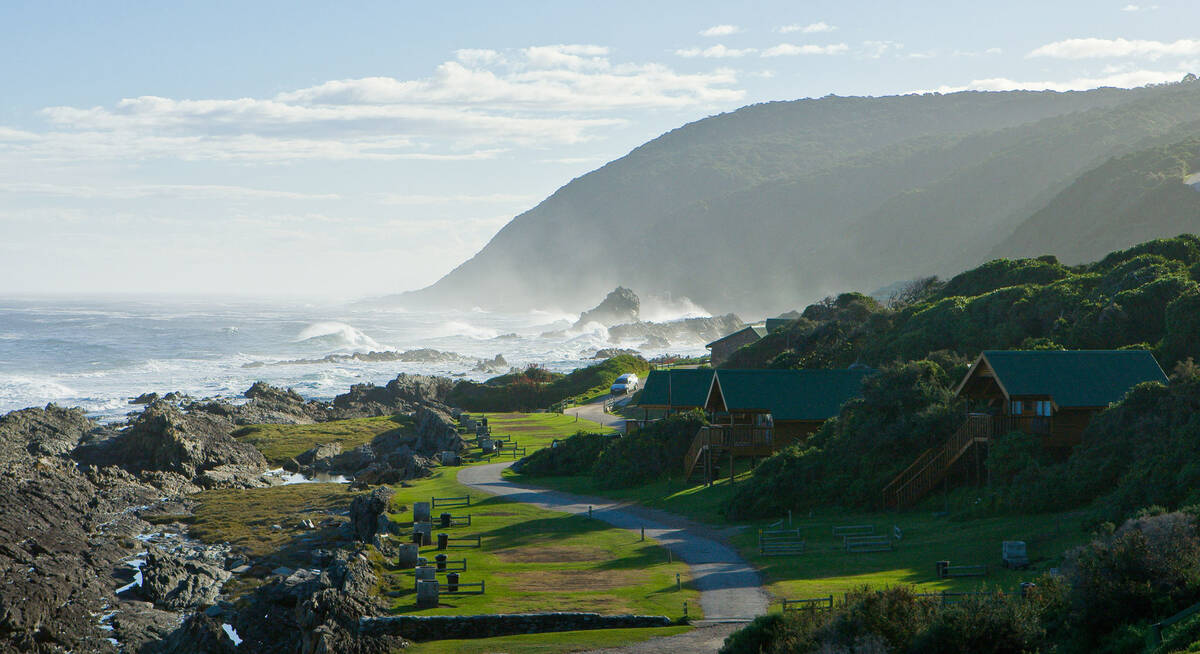
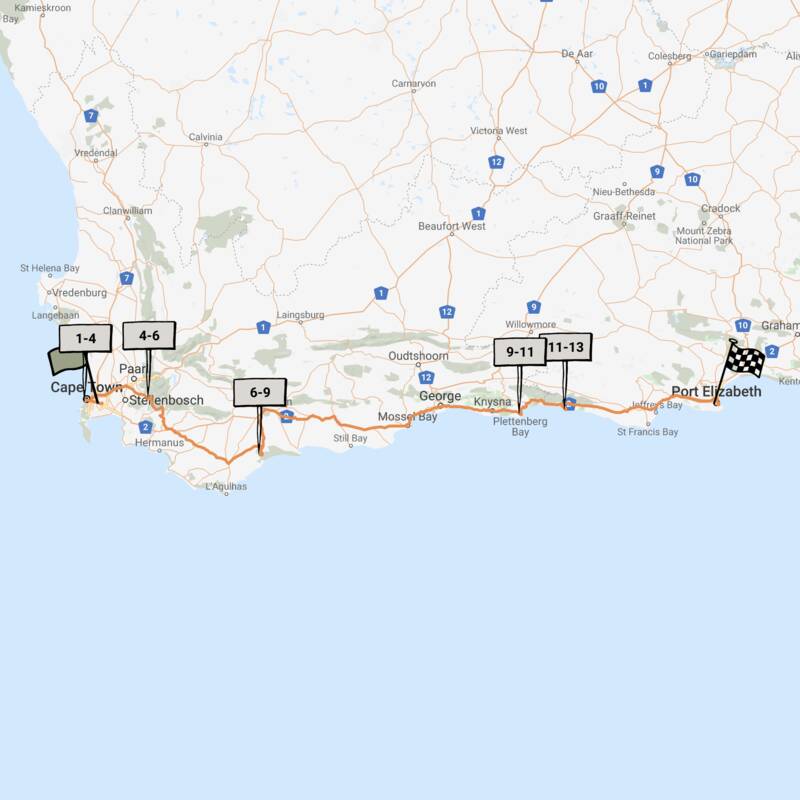
Bontebok Self-drive Safari
12 days • 5 locations • 1 country
CAPE TOWN AIRPORT TO PORT ELIZABETH AIRPORT
This varied and great-value self-drive trip visits Cape Town, the Winelands and diverse sections of the Garden Route, staying at great places with real local character. It’s ideal for active couples and families who want to explore the Cape’s stunning locations.
Visiting Garden Route | Tsitsikamma, Garden Route | Plettenberg and 3 other areas
US$1,870 - US$1,960 per person
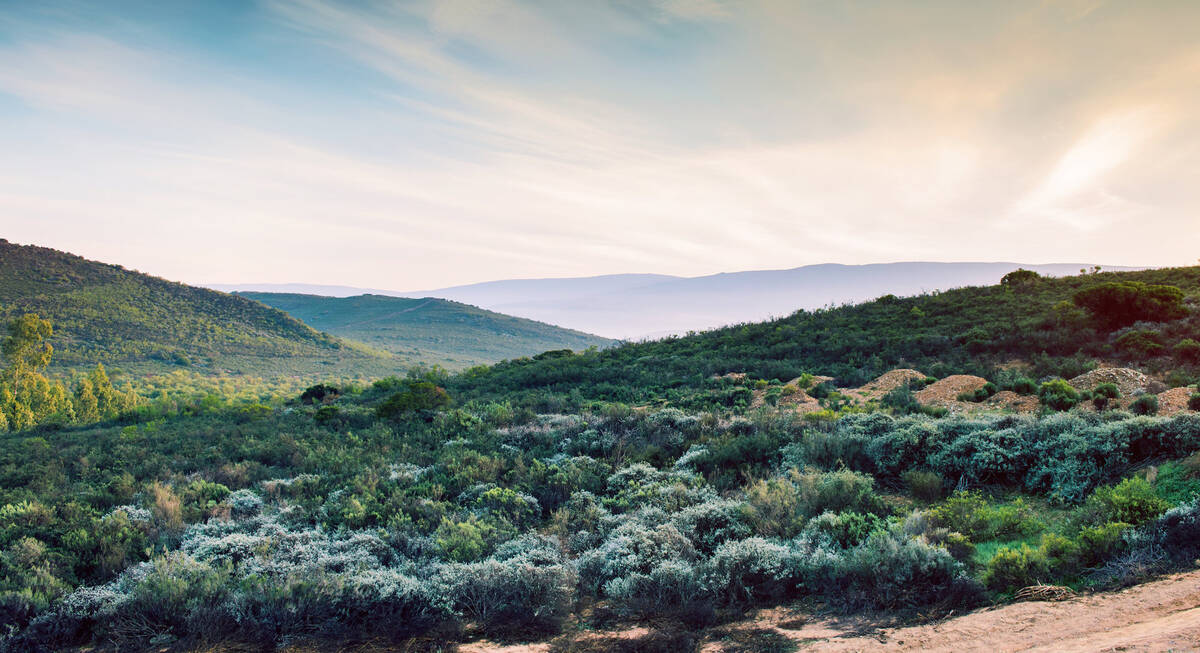
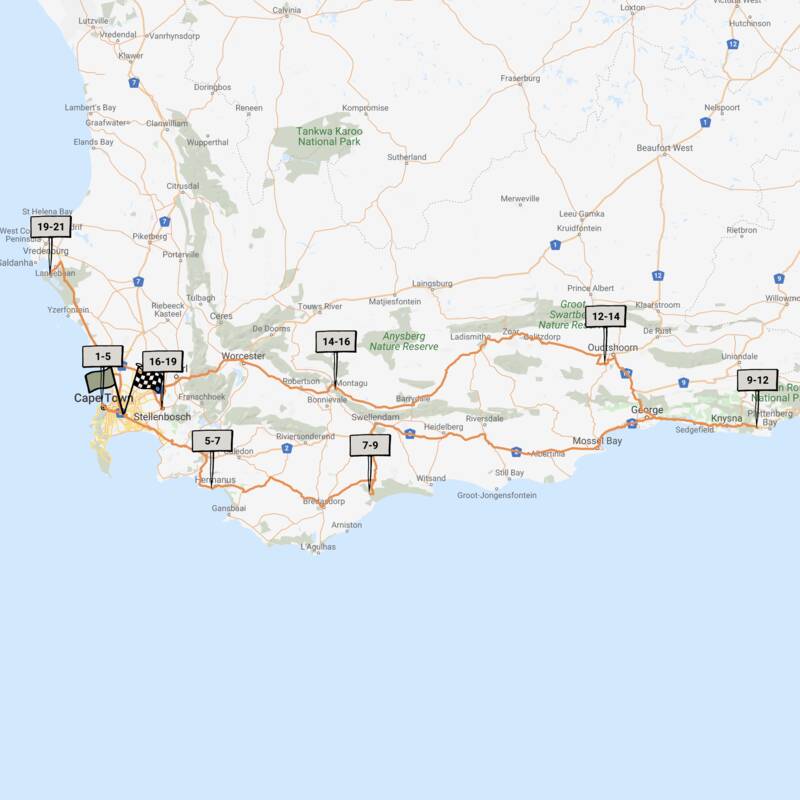
Cape Genet Self-drive Safari
20 days • 8 locations • 1 country
CAPE TOWN AIRPORT TO CAPE TOWN AIRPORT
Enjoy fine-dining in Cape Town, whale-watching in Hermanus, and a range of walking and water-based activities throughout De Hoop’s Nature Reserve, the Klein Karoo and Plettenberg. This relaxed self-driven safari concludes with stays in The Winelands and Namaqualand.
Visiting Cape Town, Hermanus and 5 other areas
US$3,840 - US$4,550 per person
De Hoop Opstal: Our full report
The De Hoop Opstal, which is often also simply called 'The Opstal', is the central hub of the De Hoop Nature ...
... Reserve, not far from the southern tip of South Africa, about four hours' drive from Cape Town. It’s all about the big outdoors here with a unique variety of eco-systems to explore from sand dunes and inter-tidal rock pools to the vlei, indigenous fynbos plants and antelope. The Opstal has a range of rooms and cottages to suit most people.
The different rooms, suites and houses at De Hoop vary in size, style and facilities – there is something for most tastes though note that this is not a five star establishment so fineries like, bathrobes and slippers, evening turn downs etc will not generally be found here.
Broadly speaking the accommodation here can be divided into those with no kitchen and those with a kitchen where you can self-cater, however all come with an en suite bathroom, which has a shower and/or bath, washbasin, toilet, towels, hairdryer and some Charlotte Rhys body care products. Do note though that even if you book into the self-catering rooms you can always go and eat in the restaurant for any or all of your meals – just make sure you pre-book.
Suites and cottages without a kitchen are more luxurious and hence are the most costly room types here. They are all well appointed, beautifully decorated and have some character features; they also have a kettle, coffee, tea and a bar-fridge and are booked on a half board basis (breakfast and dinner included). These catered rooms are as follows:
- The Opstal Manor House, is the original farmhouse from the 1800s previously known as the Ou Huis, and forms the focal point of the Opstal accommodation area. Its beautiful yellowwood floors and ceilings, patterned curtains and antique wooden furniture make it feel (as it is!) authentically historic – it’s been wonderfully restored. The Opstal Manor sleeps a maximum of six travellers in its three en-suite bedrooms (two large – one double and one twin - and one much smaller twin room), which are all reached from a beautiful paneled hall. These rooms can be booked individually or you can book the entire Manor House for exclusive use. There is also a comfortable lounge with period pieces, for use by all staying in the Manor House, plus a large non-functioning kitchen where you can make coffee and tea. Note though that the internal doors between the 'manor bedrooms' and the interlinking hall are original, and so don't have locks on them.
- Beyond the Manor House but still part of the Opstal are the two luxury Opstal suites. These are more modern than the Opstal Manor House but still have a touch of its antiqueness to them and are quite lovely. The Opstal stable suite sleeps two in a king-size bed with mosquito net and has a large en-suite bathroom. The Opstal vlei suite is similar in style, decor and amenities but is larger, with a both a free-standing claw foot bath as well as a separate shower in the bathroom, has a seating – a comfy sofa and armchairs, a large yellowwood desk and the original, enormous arching double doors which open out to give great views towards the vlei.
- Set in the courtyard at The Opstal with its magnificent wild fig trees is the newly built Fig Tree Suite. It is an upmarket, two-person suite with king-size bed and en-suite bathroom.
- The Cloete Suites are also situated in the Opstal area - two of the suites (1 and 2) have a view of the grasslands where eland, bontebok and mountain zebra can be seen grazing, while Cloete Suites 3 & 4 have views into the large grassy courtyard. Each suite is beautifully decorated and has a seating area and an en-suite bathroom with bath and shower. Cloete Suite 1 has a warming fireplace for chilly winter nights.
- The newest room at De Hoop is the Cloete Cottage is situated between the Fig Tree and Cloete Suites. It’s similarly stylish and also has the ubiquitous king size bed with mosquito net and en suite bathroom with both a shower and bath. It’s just a short walk across the courtyard to reach the Fig Tree Restaurant.
- Moving further afield, the 3 detached, thatched Otter Suites have one bedroom with a king-size bed and mosquito net, and have an en suite bathroom with bath only. Being close to the vlei these suites are peaceful and are good for bird watching - you may even catch a glimpse of an otter if you are lucky.
- The new Dassie Suite is a luxury room also with a king size bed and an en suite bathroom with a shower and separate bath, but it also has a sitting area with cosy fireplace – great for the cooler winter months. Outside is a patio from where you can take in the fantastic view of the vlei and watch the sun set.
- Set on the edge of the De Hoop's wetland, there are three white-walled Vlei Cottages. Each Vlei Cottage has two bedrooms - one twin and one double, an open plan lounge/dining area with a fireplace, a kitchen for self-catering if you wish and a bathroom with a shower. They all have outside seating in a small grassy area with a braai (BBQ), looking out over the vlei.
- Not far from the Opstal area, nestled near Milkwood trees, are three Opstal houses. Each sleeps up to six travellers in three spacious bedrooms with twin configurations, but one can be converted into a double. There is a fully equipped kitchen, a separate lounge and dining room and a bathroom with both bath and shower. Plus outside you’ll find both a braai (BBQ) and outdoor dining facilities. Again you can opt between self-catering and/or dining out.
- Further from the Opstal area and close to the Vlei suites are seven equipped cottages. Six of them sleep a maximum of four travellers in two bedrooms each (one twin and one double – can be converted to another twin), whereas the seventh one (called Eland) can accommodate six people in an additional twin room. Each cottage has a bathroom with shower and a fully equipped kitchen / dining area / sitting room, plus an outside area with picnic table and barbeque area.
- Furthest from the Opstal, De Hoop village consists of 9 cottages, all equipped with kitchen/dining room, comfortable lounge, 3 bedrooms - 1 double, 1 twin and 1 bunk room - as well as a bathroom with a shower. There is also a fully equipped kitchen as well as a braai (barbeque) area with a table for outside dining.
The De Hoop Nature Reserve is the real draw here rather than the accommodation though. It boasts a diversity of marine and land habitats and is home to a good smattering of wildlife including Cape mountain zebra, Eland, ostrich, otters and whales (in season (June to November) as well as an array of birdlife. There are lots of different activities to enjoy from organised excursions to exploring on your own. The Opstal offer fascinating guided activities including Marine walks, boat trips, stargazing, bird-watching walks and mountain biking.
You can also head off under your own steam and discover the wonders of this beautiful area in your own time – it’s especially suitable for walking and birding at the wetland, which is situated right next to some of the rooms. You can even just sit and relax on the beach and do some land-based whale watching.
De Hoop is also a superb place for families. The ability to self-cater if you wish, as well as full dining options, means there is ultimate flexibility at meal times. The vast and varied outdoors here also offers a vast array of choices to keep children busy and interested – the beach, sand dunes, rock pools and bush – it’s a natural playground for them. There is also a kids programme of activities at certain times of the year.
For more comprehensive information on the local fauna, flora and activities, see our general page on the De Hoop Nature Reserve.
Activities
Birdwatching
Boat trip
Guided walking safari
Mountain biking
Private activities
Self-guided walking
Families & children
- Attitude towards children
- Children of all ages are welcome at The Opstal.
- Property’s age restrictions
- None
- Special activities & services
- Baby-sitting can be arranged at the De Hoop Opstal – although the sitters will usually be staff from the lodge, not professionally-qualified child minders. Children staying here can participate in activities such as the lodge's “Kiddies' Programme", guided walks and cycling tours specifically for children. There is also a small jungle gym.
- Equipment
- There are cots and high chairs available at the De Hoop Opstal.
- Generally recommended for children
- Yes, the De Hoop Opstal is a very nice and relaxed place for family holidays. Children might enjoy the swimming pool or simply the opportunity to walk and cycle around on the premises relatively freely with their families.
- Notes
- Leopards are present yet rarely seen. For this reason, the De Hoop Opstal area is a fairly relaxed accommodation for a family safari holiday – although we would never advise to leave children without any supervision.
Food & drink
- Usual board basis
- Room Only
- Food quality
- Because about half of the accommodation options at the De Hoop Opstal have access to kitchen facilities, many visitors opt cater for themselves for at least some of the meals. In that case it's best to bring most of your supplies, and not to rely too heavily on the shop here.
That said, whether you are in self-catering accommodation or not, you have the option to eat in the Fig Tree Restaurant which is open daily from 08:00 – 21:00 and serves breakfast, lunch, dinner, snacks, teas, coffees and cakes.
The centrally located Fig Tree Restaurant, at the Opstal, offers à la carte menus for breakfast and lunch and set dinner menus. Picnic baskets can be pre-ordered from reception if you fancy eating al fresco in a scenic spot within the reserve.
For breakfast you can opt for one of three varieties – healthy, continental or hot English breakfast - which is then brought to your table.
Lunch is a selection of snacks, burgers and sandwiches.
You will need to book at table for supper in advance (at breakfast is ideal) in order to ensure they have space. We ate here both nights on our last visit, and enjoyed the braai (barbeque) evening on one of the nights which offered a good selection of meats as well as side dishes of vegetables and an assortment of salads. The other evening we had a delicious starter of camembert wrapped in filo pastry, with figs and rocket. For the main course we had chicken drumsticks, with caramelized potatoes with seasonal vegetables – broccoli and carrots. For dessert, we enjoyed chocolate mousse with coffee and dark chocolate sauce. - Dining style
- Individual Tables
- Dining locations
- Indoor and Outdoor Dining
- Further dining info, including room service
- There is no room service at The Opstal, although lunch packs can be delivered when pre-ordered.
- Drinks included
- None
Our travellers’ wildlife sightings from The Opstal
Since mid-2018, many of our travellers who stayed at De Hoop Opstal have kindly recorded their wildlife sightings and shared them with us. The results are below. Click an animal to see more, and here to see more on our methodology.

100% success

80% success

0% success
Getting there
- Location
- De Hoop Nature Reserve, South Africa
- Ideal length of stay
- 3 nights
- Directions
- From Cape Town, De Hoop Nature Reserve is about a three and a half hours' drive (260km). It’s may be reached via either Bredasdorp or Swellendam. The last 60 km of either route is along gravel roads and takes an hour to travel.
Alternatively, there is an airstrip at The Opstal for guests arriving by a chartered plane. - Accessible by
- Self-drive or Fly-and-Transfer
Special interests
- Family safaris
- The Opstal in the De Hoop Nature Reserve offers a range of affordable and child-friendly accommodation options, often self-catered, for family safari holidays in South Africa. Children can enjoy activities like tracking tortoises and (guided) walks through the coastal dunes.
- See ideas for Family safaris in South Africa
- Birdwatching safaris
- Hosting many African birds including the last breeding colony of Cape vultures in the Western Cape, De Hoop is fantastic for birdwatching in South Africa. Spot ostrich, African harrier-hawk, wading birds, etc. on guided walks around the De Hoop Opstal's vlei and coast.
- See ideas for Birdwatching safaris in South Africa
- Photography safaris
- The Opstal offers the choice between great-value and more elegant accommodation – in any case a lovely base for photography trips in South Africa’s De Hoop Reserve. Come for a wide range of scenic environments, fantastic birdlife and good numbers of game.
- See ideas for Photography safaris in South Africa
- Scenic walking & hiking
- There are some stunning ecosystems to be seen at De Hoop Opstal, with few dangerous species around. Hiking trails lead through the rugged Potberg Mountains, coastal dunes, along sandy beaches and pristine rock pools.
- See ideas for Scenic walking & hiking in South Africa
Communications
- Power supply notes
- Please note that the De Hoop Opstal’s camping and caravan sites do not provide any electricity.
- Communications
- There is some (but rather patchy) cell phone reception at The Opstal.
For a small fee, you can access the internet via WiFi In the lodge’s main building. - TV & radio
- There is a TV in the bar area with local digital channels.
- Water supply
- Mains
Health & safety
- Malarial protection recommended
- No
- Medical care
- The nearest doctors are in Swellendam and in Bredasdorp.
- Dangerous animals
- Moderate Risk
- Security measures
- The Opstal can be regarded relatively safe as it is situated in a remote area. Furthermore the area is fenced off, with a gate opening at 7am and closing at 6pm (7pm on Fridays).
- Fire safety
- The De Hoop Opstal possesses fire extinguishers.
Useful info
- Disabled access
- On Request
- Laundry facilities
- A 24-hour laundry service is available. The washing will be done outside the De Hoop Opstal as there are no laundry facilities inside the accommodation area.
- Accepted payment on location
- Visa, MasterCard, Diners and Amex are all accepted at the De Hoop Opstal.
Plan and book your trip with Expert Africa
All of our trips are tailor-made, so we'll always adapt them to suit you. Talk to an Expert and let us plan and arrange your perfect trip.

Talk to an Expert
Call or email us now! We’ll match you with the Specialist in our team who is best suited to help you. Then together we can start planning your trip.

Set up your itinerary
Based on our experience and your ideas, your specialist will create a detailed, costed itinerary. We’ll refine it together, until we have a trip that you’re perfectly happy with.

Prepare for your trip
The same Specialist will make the seamless arrangements for your trip, send you detailed travel documents, and be available to answer any questions before you depart.

Travel with peace of mind
After you set off, you’ll be cared for by our partners in Africa, most of whom have worked with Expert Africa for decades. And if you ever need us urgently, we’re available 24/7.

When you return
We love to learn about your trip, and so will always be grateful if you’ve the time to give feedback to your Specialist when you return.
De Hoop Opstal's location
Look closer at the environment and surroundings of The Opstal.
Other lodges in De Hoop Nature Reserve
Alternative places to stay in this same area.
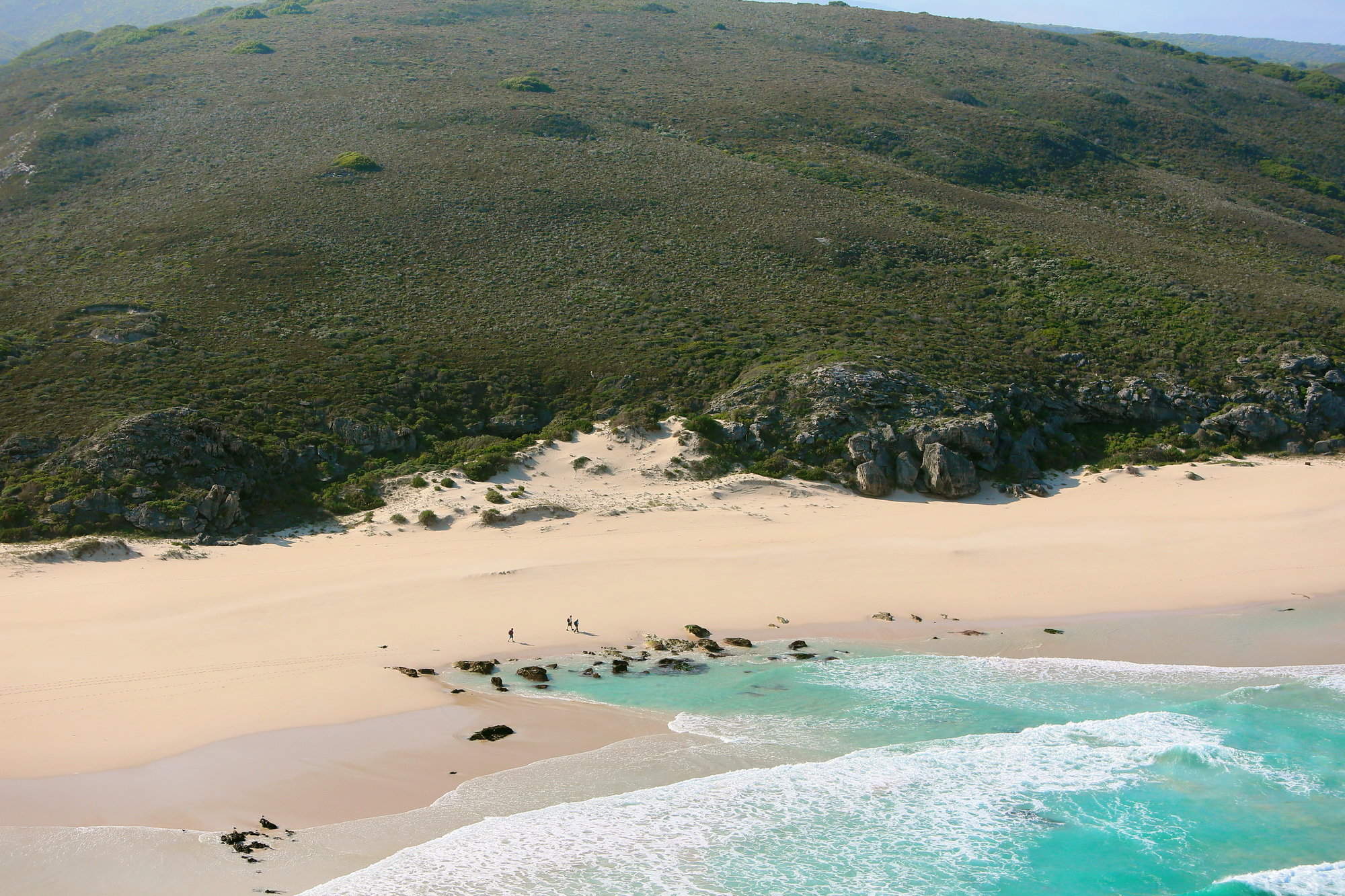
Lekkerwater Beach Lodge
Overlooking a stunning beach and the Indian Ocean, Lekkerwater Beach Lodge is a modern camp with very comfortable rooms in a little known yet beautiful reserve.
When to go to De Hoop Nature Reserve
Our month by month guide: What it's like to visit The Opstal in De Hoop Nature Reserve
Jan
Feb
Mar
Apr
May
Jun
Jul
Aug
Sep
Oct
Nov
Dec
South Africa in January
January is considered one of the best months to travel. In Cape Town the weather is hot and generally dry. The Garden Route is also excellent at this time of the year but has a more temperate climate, with slightly lower temperatures and rain can fall at any time of the year. In the Kgalagadi temperatures often top 40°C and short, sharp thunderstorms are also fairly frequent. Wildlife tends to disperse, although birding is excellent.
As this is the high season in the Cape there are numerous events, festivals and outdoor activities to attract visitors. Accommodation books up quickly and it may be necessary to book at least a year in advance. Reservations will often be needed for restaurants and visitor attractions too.
- Hot, largely dry days with clear skies – except on Garden Route
- Wildlife disperses in the Kalahari but birding excellent
- Events, festivals and outdoor activities staged for the high season
- The high season in the Cape, accommodation can cost up to 50% more
- Pre-booking of activities & attractions is essential
Our view
Fantastic: the very best time to visit
Weather in January
South Africa in February
In February conditions are largely the same as in January, although temperatures can be slightly higher, especially in the interior. The wind in Cape Town starts to ease off. Although the Garden Route can experience some rain, the days are pleasantly warm and largely dry.
The Kgalagadi remains very hot, but the birding is still excellent. Wildlife viewing can be tricky especially if there has been some rain, as the resulting long grass can obscure the animals.
For visitors it’s still the high season, but with the local school holidays over and residents back at work, it is less busy than December and January. Accommodation costs remain high and it’s still advisable to pre-book certain activities and restaurants.
- Hot, largely dry days with little cloud
- Wind starts easing in Cape Town
- Slightly less busy than December & January
- Accommodation costs remain high, activities still best pre-booked
Our view
Fantastic: the very best time to visit
Weather in February
South Africa in March
March is still a very good time to visit. Conditions remain dry and very warm in Cape Town, although temperatures start dropping off towards the end of the month. The wind has usually died right down.
The Kalahari remains very hot and in years of good rains vegetation is at its most lush – making wildlife viewing tricky.
Typically, the crowds dwindle, but it can get very busy if Easter falls in March. It is also worth bearing in mind that during major events in March, including the Cape Town Cycle Tour, Cape Epic Mountain Bike Tour, The Cape Town Carnival and the International Jazz Festival, accommodation can get very full.
Attractions remain busy but booking is less essential.
- Temperatures start falling towards the end of the month
- Cape Town hosts a number of world class sport and cultural events
- Wildlife in the Kgalagadi disperses, game viewing more challenging
- Crowds diminish as the high season comes to an end
- Accommodation can get busy during major events
Our view
Fantastic: the very best time to visit
Weather in March
South Africa in April
April is South Africa’s “shoulder” season and is often the most pleasant. Not too hot, not too cold, some rain but not masses. In Cape Town and along the Garden Route days are usually sunny, warm, windless and largely dry, although in Cape Town the chance of rain increases from the end of the month.
In the Kgalagadi the rainy season is typically over and migratory birds are starting to make their journey back up North. Vegetation remains lush but wildlife viewing starts picking up towards the end of the month.
The region is still relatively busy (especially of its still Easter) but it gets quieter towards the end of the month thus availability improves. Accommodation rates start to decrease, and it becomes less important to book restaurants and attractions in advance.
- Temperatures still warm and very pleasant, with little wind.
- Rain starts easing in the Kalahari and migratory birds start to depart
- Less busy, especially towards the end of the month - busy over Easter
- Accommodation frees up and prices start to come down
Our view
A very good time to visit
Weather in April
South Africa in May
May marks the start of the dry season in the Kgalagadi. Days are warm and dry with almost zero rainfall. Night-time/early-morning temperatures can drop towards 0°C. Wildlife viewing is at its peak as animals concentrate around the few remaining water sources.
Days can still be warm and sunny in Cape Town and on the Garden Route, but the weather becomes a lot more variable. May heralds the start of the rainy season in Cape Town and the winelands. Night-time temperatures rarely drop below 10 degrees in the coastal areas.
With far fewer tourists, accommodation prices are at their lowest. There is rarely any need to pre-book activities, but reservations are still advisable at some of the top restaurants.
- Higher chance of rain in Cape Town & the Winelands
- Day time temperatures drop significantly
- Wildlife viewing peaks in the Kgalagadi
- Low season so rarely busy & very few crowds
- Low season rates at the hotels & lodges
Our view
A good time to visit, with pros & cons
Weather in May
South Africa in June
Winter is now in full swing. Maximum temperatures in Cape Town rarely reach 20°C and the rainy season is well under way. Outdoor activities therefore become limited, but a number of high-quality indoor events are organised.
The Garden Route has, in general milder weather and less rain than Cape Town.
June sees the arrival of the first whales which migrate to the South African coastline to give birth.
In the Kgalagadi, daytime temperatures are warm but nights and early mornings are bitterly cold. Wildlife viewing is excellent as animals are drawn to the few remaining permanent water points.
Overall tourist numbers are at their lowest, as are the costs of flights and accommodation.
- Cold & wet weather in Cape Town, Kgalagadi warm days but cold at night
- One of the best months for wildlife viewing in the Kgalagadi
- Whales start arriving to have their calves
- Low visitor numbers & no crowds
- Accommodation & flight prices remain low
Our view
A good time to visit, with pros & cons
Weather in June
South Africa in July
The winter weather continues with very cold nights and early mornings in the Kgalagadi and virtually no rainfall. Vegetation here is really thinning out now and water even more scarce – so wildlife is easy to spot.
Despite the winter and local school holidays, Cape Town remains a great place to visit. On a wet and cold day, the Two Oceans Aquarium, Zeitz Mocca (art museum) and the Cape Town Comedy Club all make for great days out, as does a trip to the wine country or the annual Oyster Festival at Knysna.
By mid-July most of the whales have arrived to give birth. Hermanus is the best place to see them.
At the height of the low season, so accommodation and flight prices remain low.
- Generally cold & wet in the Cape, but good quality indoor events
- Very good wildlife viewing in the Kgalagadi
- Oyster festival in Knysna
- Local school holidays can make places a little busier than usual
- Accommodation and flight prices remain low
Our view
A good time to visit, with pros & cons
Weather in July
South Africa in August
While August experiences mostly wintry weather it does mark the very beginning of spring with temperatures starting to rise. Visitors are drawn to the West Coast and Namaqualand to see the wildflowers, which start blooming in late August and can be seen until mid-September. Whales are still in abundance now too.
The Kgalagadi is now very dry and wildlife vieiwng is still good. Temperatures start climbing towards the end of the month.
Despite the weather , visitor numbers can be high as the northern hemisphere schools close for their summer holidays. It may be a good idea to book certain attractions and restaurants in advance.
Simlarly, although accommodation prices are still low, flight prices can be a little higher than in previous months.
- Temperatures start rising – but still potential for cold & wet weather
- Wildflowers on the West Coast & in Namaqualand
- Good wildlife viewing in the Kgalagadi
- Whales continue to attract visitors
- Can get busy due to northern hemisphere school summer holidays
Our view
A good time to visit, with pros & cons
Weather in August
South Africa in September
Good wildlife viewing in the Kgalagadi continues and daytime temperatures increase quite dramatically. Mornings and evenings are still on the chilly side, but not as cold as they are in June, July and August.
The 1st of September is officially the start of spring in Cape Town. Days become warmer but not quite warm enough to enjoy the city’s beautiful beaches. Venues all over Cape Town play host to various artists during the Cape Town Fringe Festival.
Rainy days are fewer, but night times can still get chilly. Many hotels are still charging low season rates making September great value for money.
Elsewhere, Hermanus hosts the popular annual Whale Festival, and in the West of the Cape, wildflowers continue to bloom until the middle of the month.
- The start of spring; temperatures start rising
- Whale festival in Hermanus
- Cape Town Fringe Ferstival attracts a wide range of artists
- Wildflowers blooming well until the middle of the month
- Good wildlife viewing continues in the Kgalagadi
Our view
A very good time to visit
Weather in September
South Africa in October
The weather starts warming up nicely, Cape Town experiences pleasant days, with much less rain, nights can still be quite cool, but not cold. Some days are now warm enough to enjoy the beach. This is one of the best months to visit the Cape Region.
October is one of the hottest months in the Kalahari. Water remains very scarce, so the wildlife viewing is still very good. Towards the end of the month the odd spectacular thunderstorm is possible with much lightning and thunder. Migratory birds start to arrive, and resident species gear up for the breeding season.
The whales are still present with Hermanus and False Bay the best places to see them.
- Days start warming up; fewer rainy days in Cape Town
- Very hot in the Kalahari – thunderstorms season starts
- Migratory birds start arriving & resident birds start breeding
- Whale watching still excellent in Hermanus and False Bay areas
- Start of the high season, getting busy and accommodation prices rise
Our view
A very good time to visit
Weather in October
South Africa in November
By November Cape Town is experiencing summer conditions with hot, clear days and warm, pleasant evenings. It’s a great month to enjoy the beaches before the peak holiday season in December. There are no real downsides to visiting in November and you may even get a few accommodation specials before prices go up for the festive season. Kirstenbosch Botanical Gardens begins their summer outdoor concerts with local and international artists performing.
The Kgalagadi remains hot but thunderstorms are a bit more regular. With the rains, water sources become more plentiful and wildlife disperses but this is when herbivores such as Springbok start lambing. Photography improves as conditions become less hazy.
This is the last month for regular whale sightings – they tend to migrate back down south by early December.
- Summer now in full swing, with temperatures often reaching 30°C
- Rainy days scarce; evenings warm & very pleasant
- Antelope start lambing in the Kgalagadi; wildlife generally dispersed
- Last month for regular whale sightings
- Good time to visit Cape Town before the peak holiday season
Our view
Fantastic: the very best time to visit
Weather in November
South Africa in December
December is usually Cape Town’s hottest month when temperatures frequently breach 30°C. You can expect hot and cloudless days, and almost no rain but December does see the occasional very windy day.
The Kalahari is still hot, but temperatures are not quite as high as previous months. With the rainfall the bush transforms into various shades of green. Wildlife disperses as water become more widely available.
The Garden Route enjoys warm to hot days with rain at any time but usually not over an extended period.
Mid to late December becomes incredibly busy with concerts, festivals and various outdoor activities in Cape Town. Hotel prices rise, tourist attractions and beaches are crowded and most popular sites and restaurants need to be booked in advance.
- Long, hot sunny days
- Kgalagadi bursts into life as rainy season kicks in
- Wildlife viewing a bit trickier as wildlife disperses
- Cape Town buzzing with concerts, events, festivals etc
- Peak season: attractions get very busy & accommodation costs rise
Our view
Fantastic: the very best time to visit
Weather in December

Looking for inspiration on where to travel next?
Visit our trip chooser to explore your options and find inspiration for your perfect African adventure
Inspire me